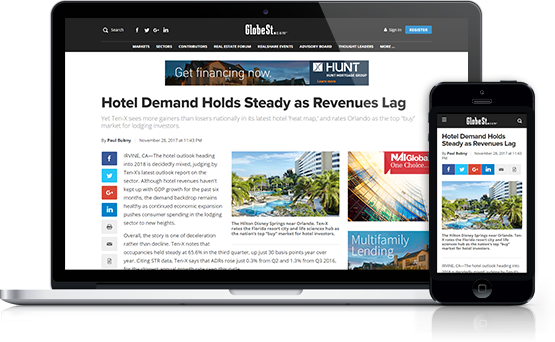The U.S. Congress has routinely reauthorized funding for surface transportation to repair and improve critical roads and bridges throughout the country and is scheduled to do so again within the next few months. Now, with a renewed charge to protect our most vulnerable communities so embattled by systemic racism, and a prolonged health crisis resulting in a fragile economy, lawmakers are looking for innovative ways that at-first-glance-unrelated business (including road-paving) might also be an opportunity to positively impact the nation's most pressing current needs. This proposed approach properly recognizes that legislation on physical infrastructure impacts our social infrastructure and should be tailored to improve both.
With the Fixing America's Surface Transportation Act (the FAST Act) and its associated federal funding commitments for current transportation construction programs set to expire in September, a bill titled "Investing in a New Vision for the Environment and Surface Transportation in America" (the INVEST in America Act) has been introduced to the U.S. House of Representatives. The law proposes not only to repair and replace failing infrastructure—like less-comprehensive prior surface transportation reauthorizations—but also to promote smarter, safer, and more resilient infrastructure investments, creating jobs, and boosting the economy. Most significantly, various programs offered in the proposed legislation provide thoughtful ways to connect communities and neighborhoods.
As Congress works through a path forward on this legislation, over 150 infrastructure reuse projects have been revitalizing underutilized infrastructure in cities across the country by turning neglected spaces including abandoned railways or highways, polluted riverfronts or waterways, which have too often accelerated blight and contributed to inequality, into new hybrid forms of reactivated public space that lift up neighborhoods in need. These projects reconnect neighborhoods that were, in many cases, divided by interstates, railways, and major roadways by providing public space, and offering multi-modal options to residents including mass-transit, roads, multi-use trails, and greenspace.
Recommended For You
Want to continue reading?
Become a Free ALM Digital Reader.
Once you are an ALM Digital Member, you’ll receive:
- Breaking commercial real estate news and analysis, on-site and via our newsletters and custom alerts
- Educational webcasts, white papers, and ebooks from industry thought leaders
- Critical coverage of the property casualty insurance and financial advisory markets on our other ALM sites, PropertyCasualty360 and ThinkAdvisor
Already have an account? Sign In Now
*May exclude premium content© 2025 ALM Global, LLC, All Rights Reserved. Request academic re-use from www.copyright.com. All other uses, submit a request to [email protected]. For more information visit Asset & Logo Licensing.








